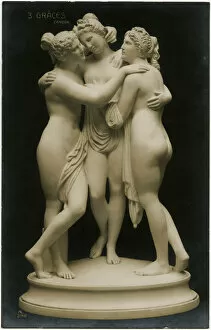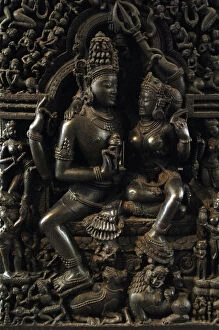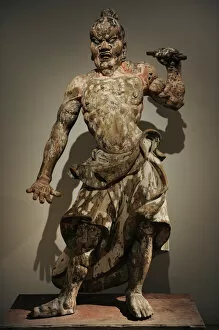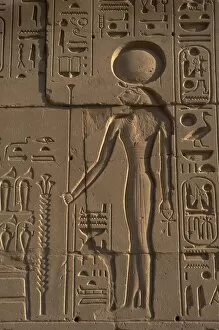Sculpture Collection (#97)
Sculpture, the art of shaping and carving materials into magnificent forms, has captivated humanity for centuries
For sale as Licensed Images
Choose your image, Select your licence and Download the media
Sculpture, the art of shaping and carving materials into magnificent forms, has captivated humanity for centuries. From ancient civilizations to modern masterpieces, these sculptures tell stories and evoke emotions that transcend time. One iconic sculpture is Gormley's "Angel of the North DP059218, " a colossal steel figure with outstretched wings that stands proudly in Gateshead, England. Its imposing presence symbolizes hope and protection for all who pass by. Another renowned piece is the "Marble Aphrodite Kallipygos or Callipygian Venus statue, " a Roman copy of a Hellenistic original. This exquisite marble sculpture showcases the beauty and sensuality of the female form, capturing Aphrodite's allure and grace. Hepworth's "Winged Figure DP183019" mesmerizes viewers with its abstract yet harmonious composition. The smooth curves and interlocking shapes create an ethereal sense of movement, embodying freedom and liberation. Michelangelo's masterpiece, the "Pieta, " depicts Mary cradling Jesus' lifeless body in her arms. This Renaissance sculpture evokes profound grief while showcasing Michelangelo's unparalleled skill in conveying human emotion through stone. On a lighter note, the quirky "Catford Cat DD004478" brings joy to Londoners as they encounter this giant feline made from recycled materials. It adds whimsy to its surroundings while reminding us of our connection to nature through art. Andy Goldsworthy's installation in Tilberthwaite showcases his unique approach to sculpting using natural elements like stones arranged within a sheep fold. His work seamlessly blends into its environment while highlighting the beauty found in simplicity. Egyptian art also holds timeless allure; one example is Nefertiti bust crafted from limestone and stucco at Neues Mu museum. This delicate portrayal captures Queen Nefertiti's regal elegance with intricate details that have survived thousands of years.
















































